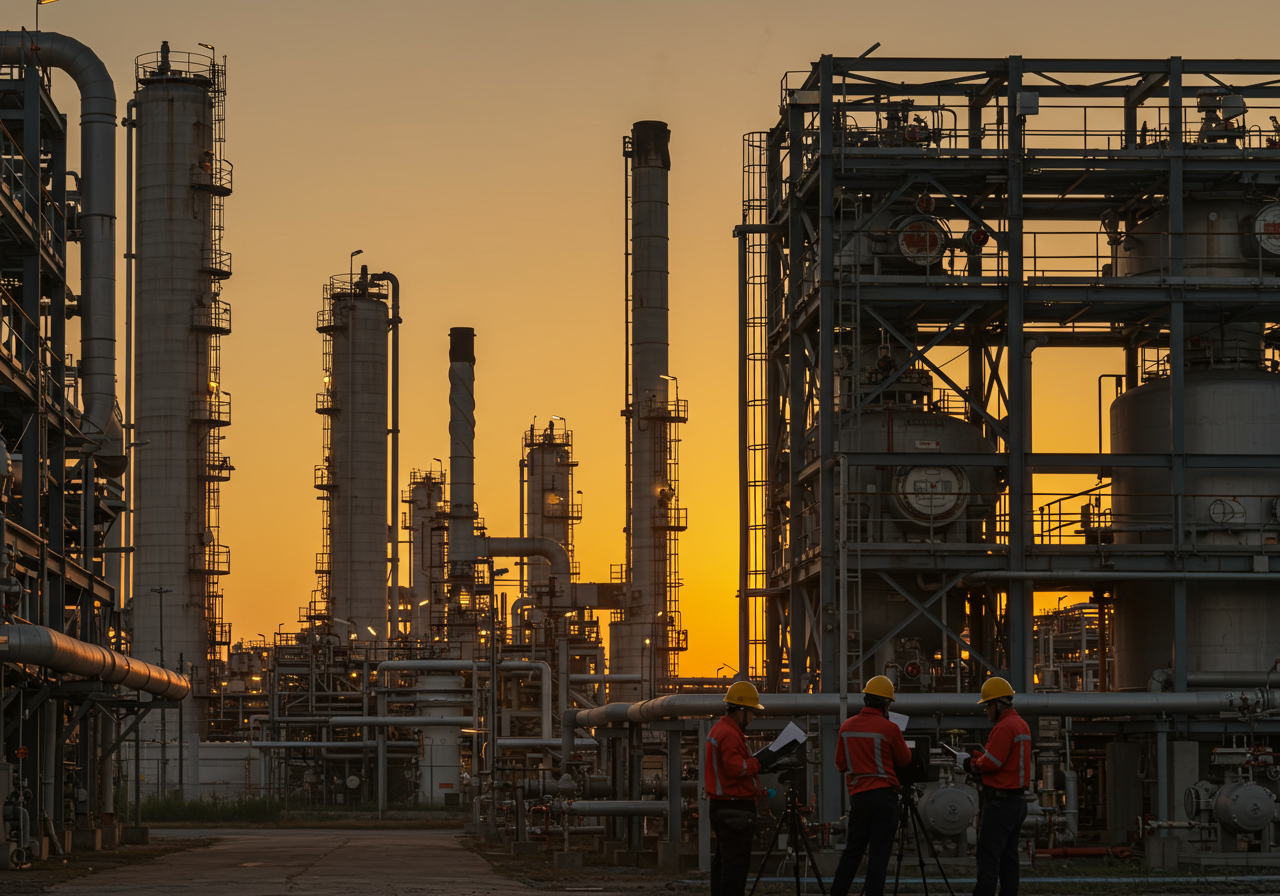Energy & Utilities Gaskets / Plates
Get the Right Gasket, Right Plate, Right Now – Your Trusted Source for Heat Exchanger Parts.
Energy & Utilities Heat Exchanger Solutions
Overview & Key Applications
Plate-and-frame heat exchangers are central to cooling spent-fuel basins in nuclear plants, chilling gas and electrolyte streams in hydrogen-electrolysis facilities, recovering waste heat from exhaust to preheat process fluids, and handling HVAC duties in commercial and industrial sites. They also bolster efficiency in renewable-energy systems like solar thermal, geothermal, and hydroelectric installations.
Plate Materials & Hygienic Design
Plates are generally stainless steel (304 or 316L) for broad corrosion resistance and mechanical strength under high pressures. For aggressive or saline fluids (e.g., seawater cooling in power plants), titanium plates are available—as seen in Kelvion’s NT Series—and some Xylem GPX units use titanium as well.
Gasket Material Guide
Picking the right gasket is all about matching temperature, chemical exposure, and cleanability:
EPDM (Ethylene Propylene Diene Monomer):
NBR (Nitrile Butadiene Rubber):
FKM/Viton:
Flexible Graphite (± metal facings):
Top Manufacturers & Models
When it comes to spares availability and service backing, these brands lead the pack:
Alfa Laval:
Tranter:
Kelvion (GEA):
Danfoss (SONDEX):
Xylem (Bell & Gossett):
API Schmidt-Bretten, Funke, Barriquand:

Make a call
Need help quick? Give us a call!
Contact form
Need a quote? Complete our online form!
